Nikola Dobrović: Signatures Of Yugoslav Modernity
Dobrović in Dubrovnik. A Venture in Modern Architecture by Krunoslav Ivanišin, Wolfgang Thaler, Ljiljana Blagojević. Jovis Verlag, 2015.
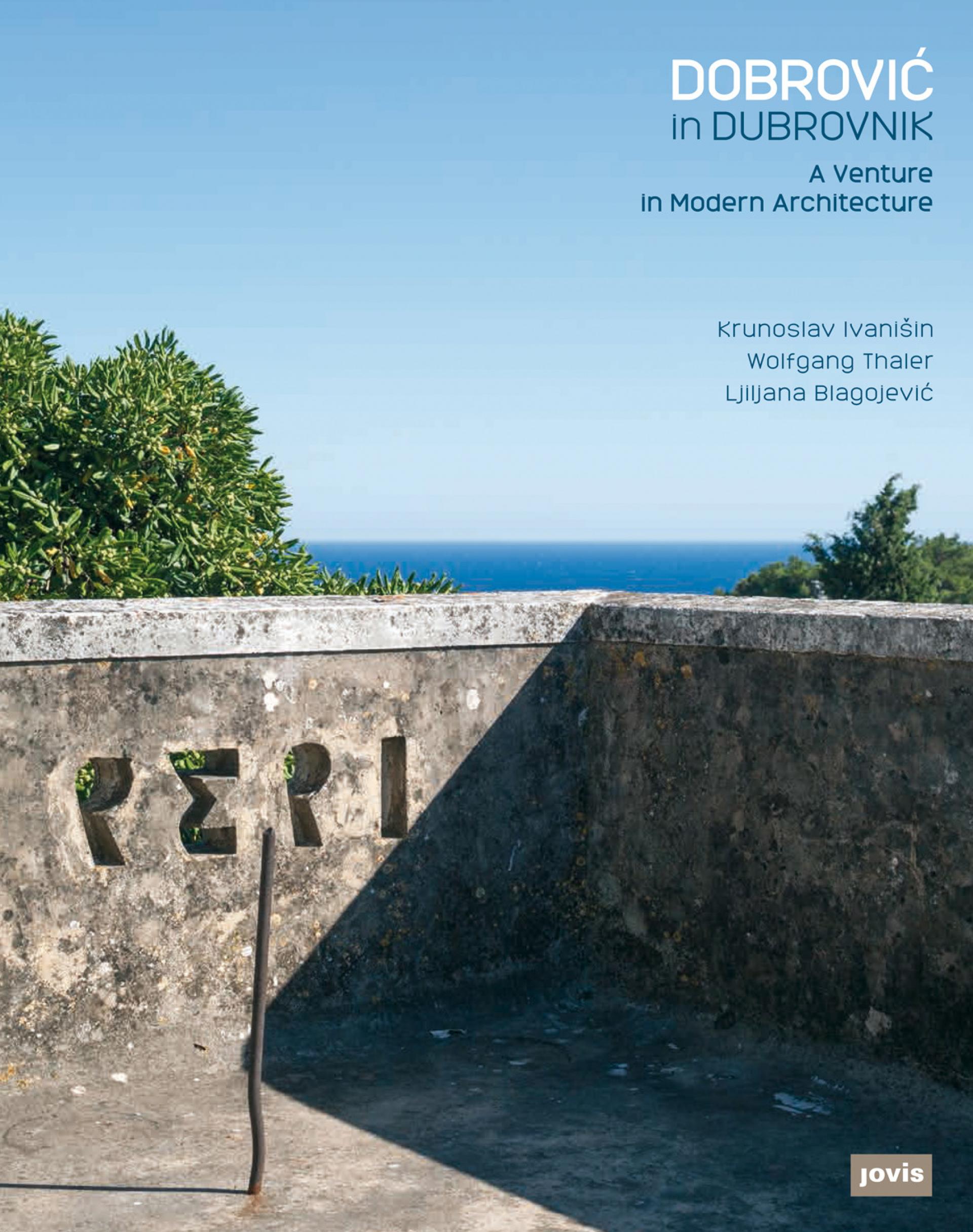
Dalmatian Modernism will be discovered thanks to Jovis, which published Dobrović in Dubrovnik; A Venture in Modern Architecture how traditional meets modern in works of the “House Machine” period of the architect. Among the European intellectual avant-garde, he was a pioneer. Among Yugoslavian architects, he was resisting the influence of tradition. Yugoslavia’s most important modern architect Nikola Dobrović has significantly contributed to the architectural post-war identity.
Authors of the book Krunoslav Ivanišin, Ljiljana Blagojević and Wolfgang Thaler undertake a difficult task, research and present architect’s opus in Dubrovnik. This was the city where the young architect come directly from Prague. After gaining central European experiences in prominent offices he brought in the radical modern idea which was for this small historical city on the Dalmatian coast completely extraneous.
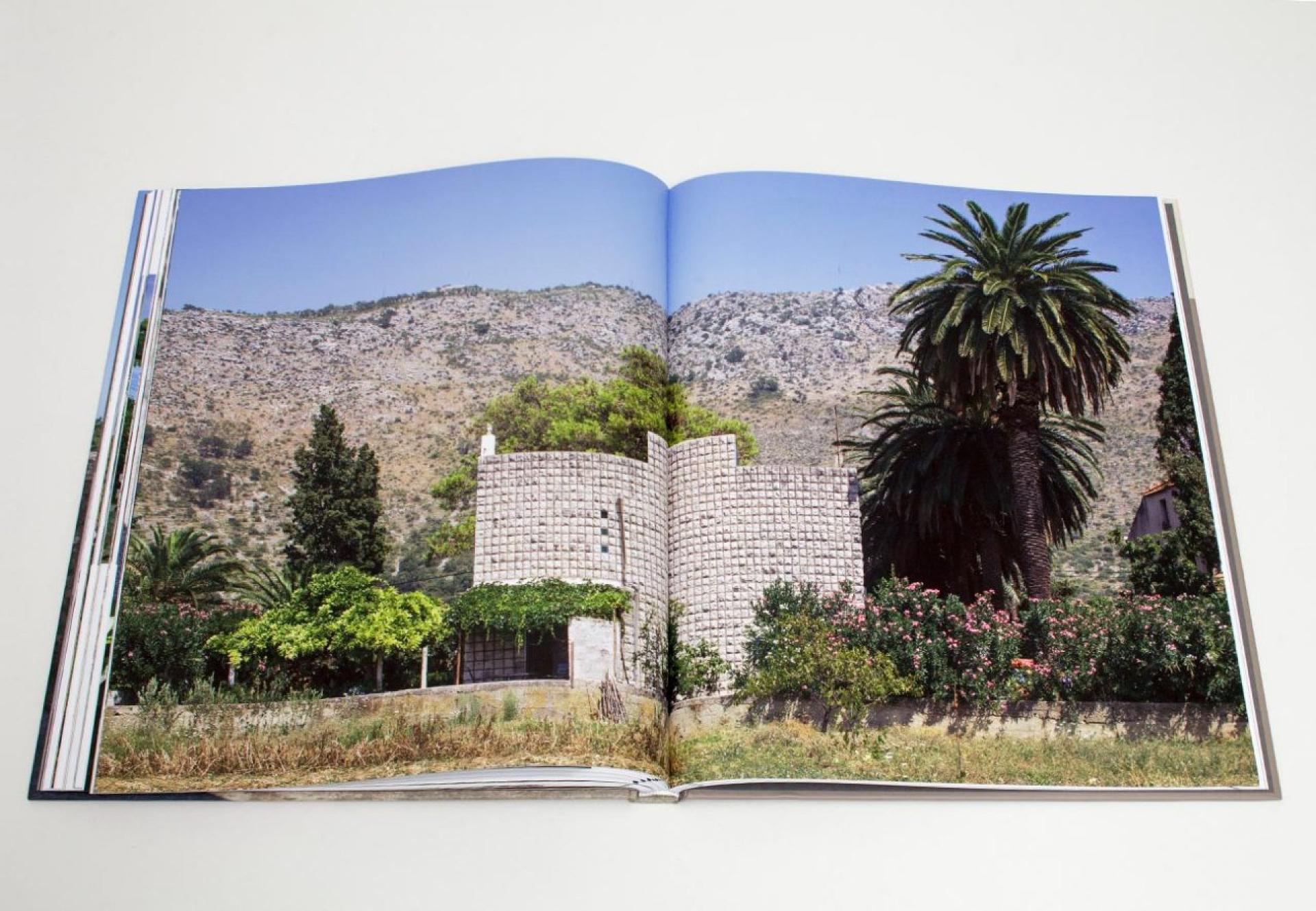
In 1930 he was invited by Dubrovnik municipal conservator Kosta Strajnić, well known as the author of the first monographs on Jože Plečnik and Ivan Meštrović, to explain to the authorities what modern architecture actually was. Dobrović, a pure modernist, develop his specific language of materials, tradition and landscape. His architecture has signature of simple volumes which are carrying the facade in the texture of local white stone. Architect’s interpretation of the principles of modern architecture was equal to functional. His rejection of any handicraft makes his position clear. The repeating detail on his masterpieces, is the signature engraved in concrete body of his buildings: VILA VESNA, GRAND HOTEL, ARHITEKT N. DOBROVIĆ, VILA ADONIS, 1939.
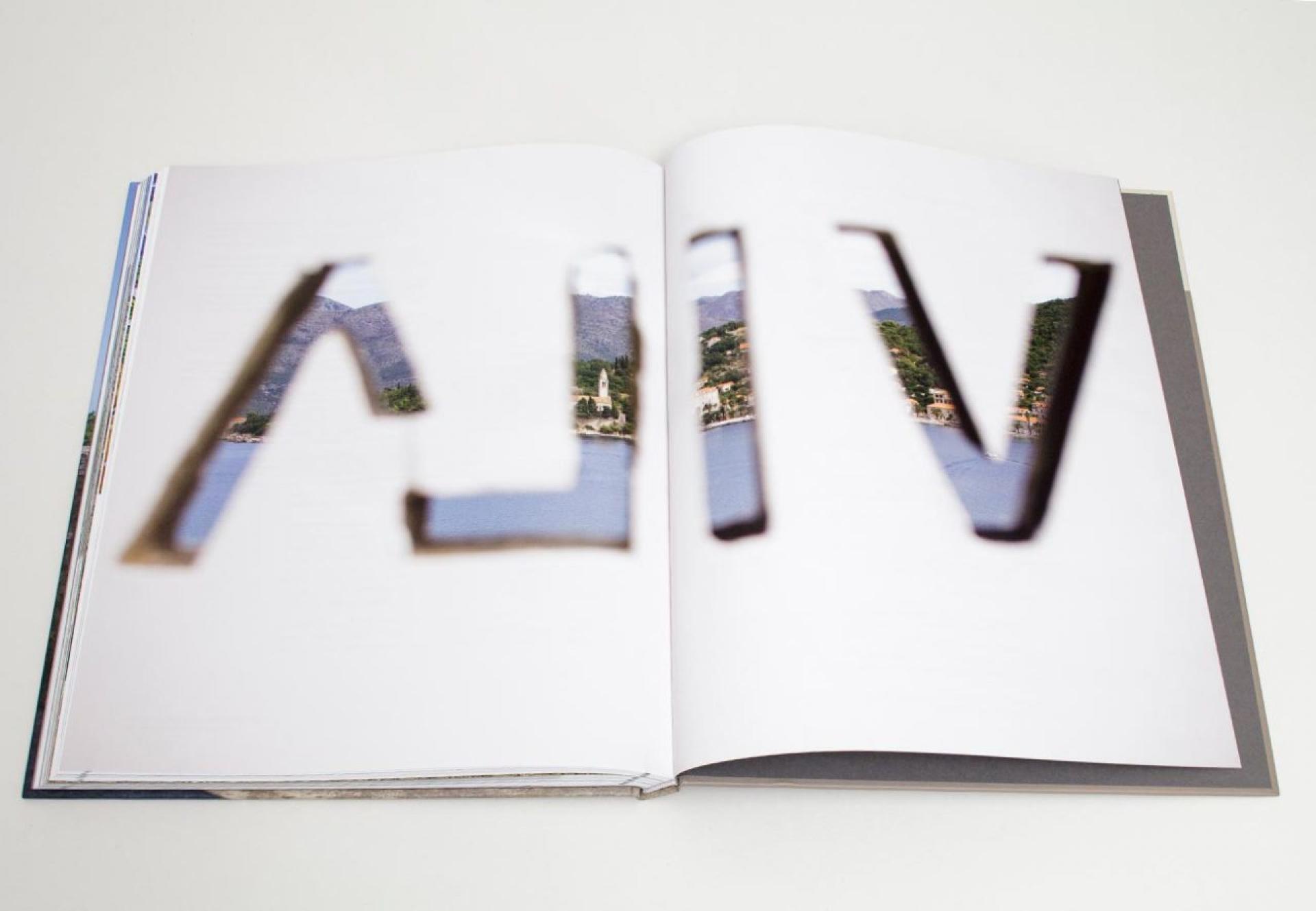
In the period when Le Corbusier traveled the Balkans, Dobrović belonged to Central European culture and life of former Austro-Hungarian Empire. He grew up in the outskirt at the multiethnic and multicultural area of the Empire and at the same time belonged to multiple Balkan family structures and geographies of history and genealogy. Therefore he developed rules which can anticipate important aspect of his architecture - relations between architecture and its natural and cultural surroundings.
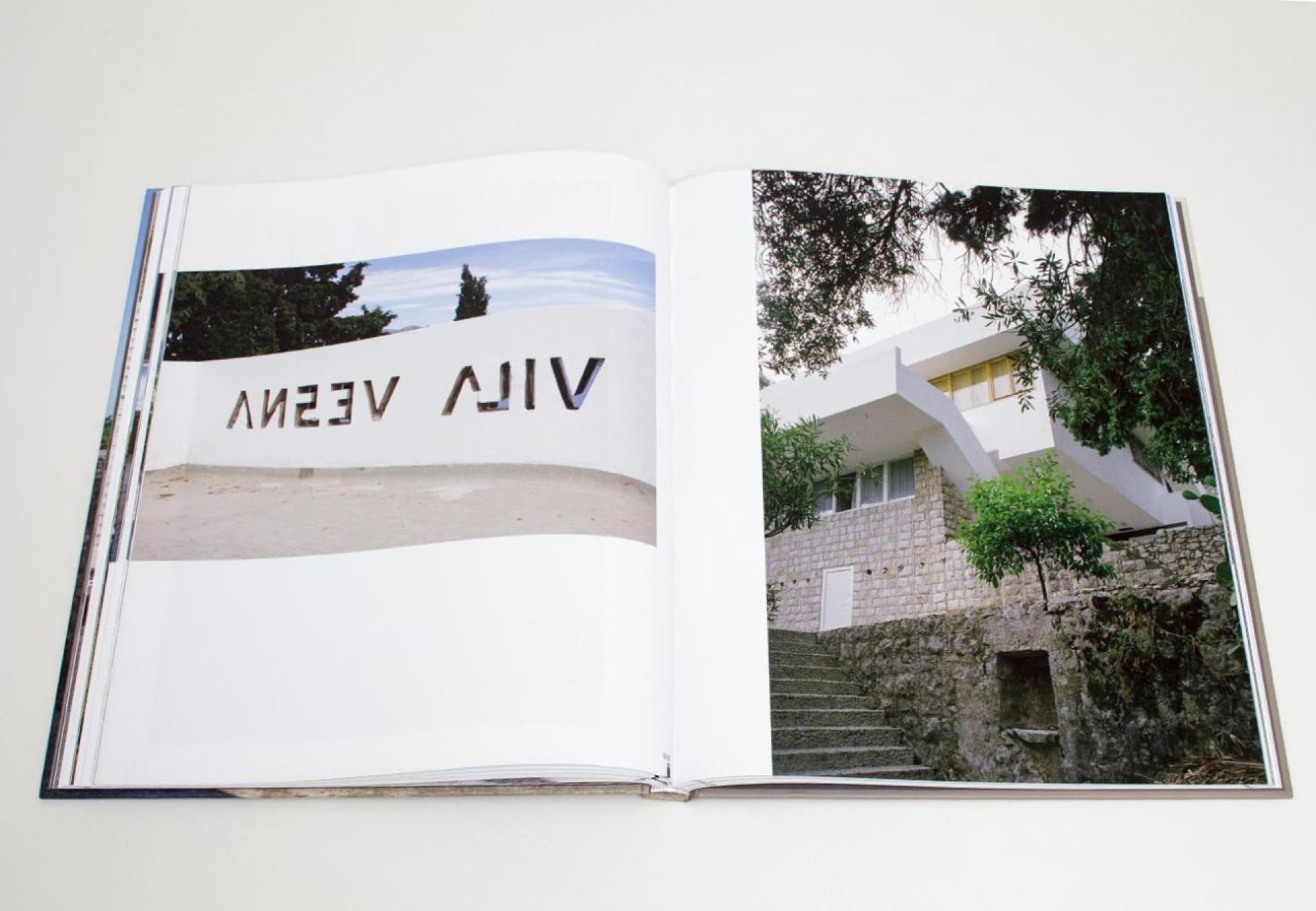
Descriptive and extensive collection of photos by Wolfgang Thaler brings in forefront the most hidden details of the Dobrović architecture in Dubrovnik. While his regional language is discovered in depth by Ivanišin and Blagojević, which presents a series of his houses-machines, characteristically embody the idea of the heroic, international period of modern architecture. Ivanišin states what is Dobrović: “the architect of the Modern movement which can serve the enlightened investor and at the same time needs of the public, thus achieving the physical frame of the democratic society of the future.”[1]
Dobrović set concrete content guidelines for his work in his study on traditional Dubrovnik architecture and democratic urbanism where gardens as the “vital urban parts of modern and future city, that in lack of vegetation, fruit and vegetables, should tend to expand and join as many green surfaces as possible.”[2] In the spirit of modern democratic urbanism the public green zone must serve to the people. As a materialized fragment of this unique town scheme grows the case of Grand Hotel Lopud. The building is pulled back into the depth of the site, and the park in front is open to public. It is a paradigm of developmental and social sustainability derived from a local community in all aspects.
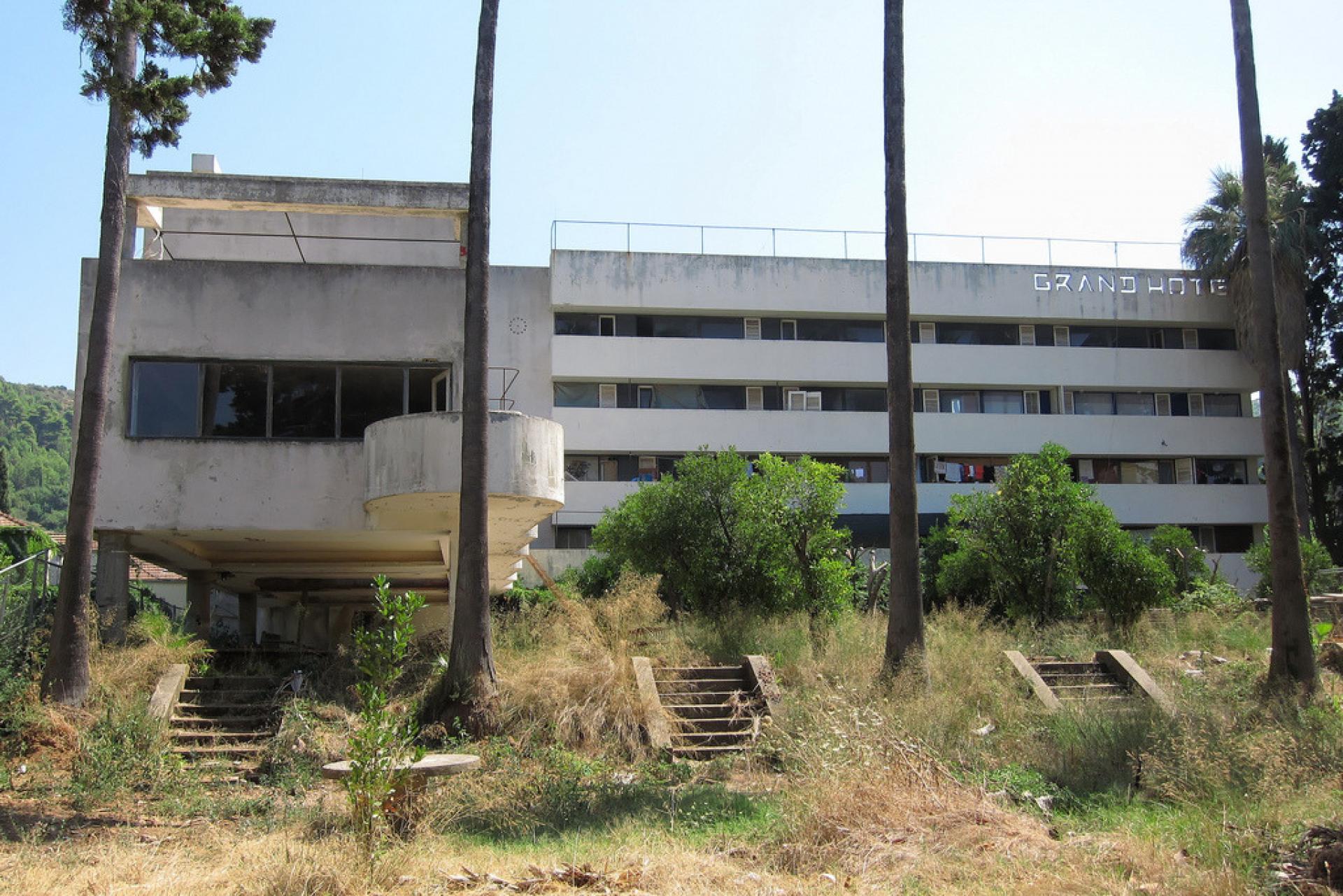
The white machine for pleasure, set in the wood of palm trees, became a landmark ruin. | Photo © David Flett
Dobrović creates the basis for a committed critical regionalism of Dubrovnik, focusing on the reinterpretation of tradition. The architect can “learn much from the architecture of Dubrovnik walls…how free of ornament they are and there is the use of small-sized stones to make the wall surface seem larger and more powerful. If heritage means something, Dubrovnik walls should be of benefit to modern-day architects working there.”[3]
Meet Dobrović modernism and understand the values of the past - leave behind the shame of history and learn how culture meets space in democratic urbanism of landscape.
[1] Krunoslav Ivanišin: Grand Hotel at Lopud; Oris, Zagreb 1998
[2] Nikola Dobrović: The country – seats of Dubrovnik; Beograd 1946
[3] Nikola Dobrović: Dubrovnik as a Testimony to Urban Formation; 1966, english translation in Ivaišin: Dobrović in Dubrovnik, Berlin 2015
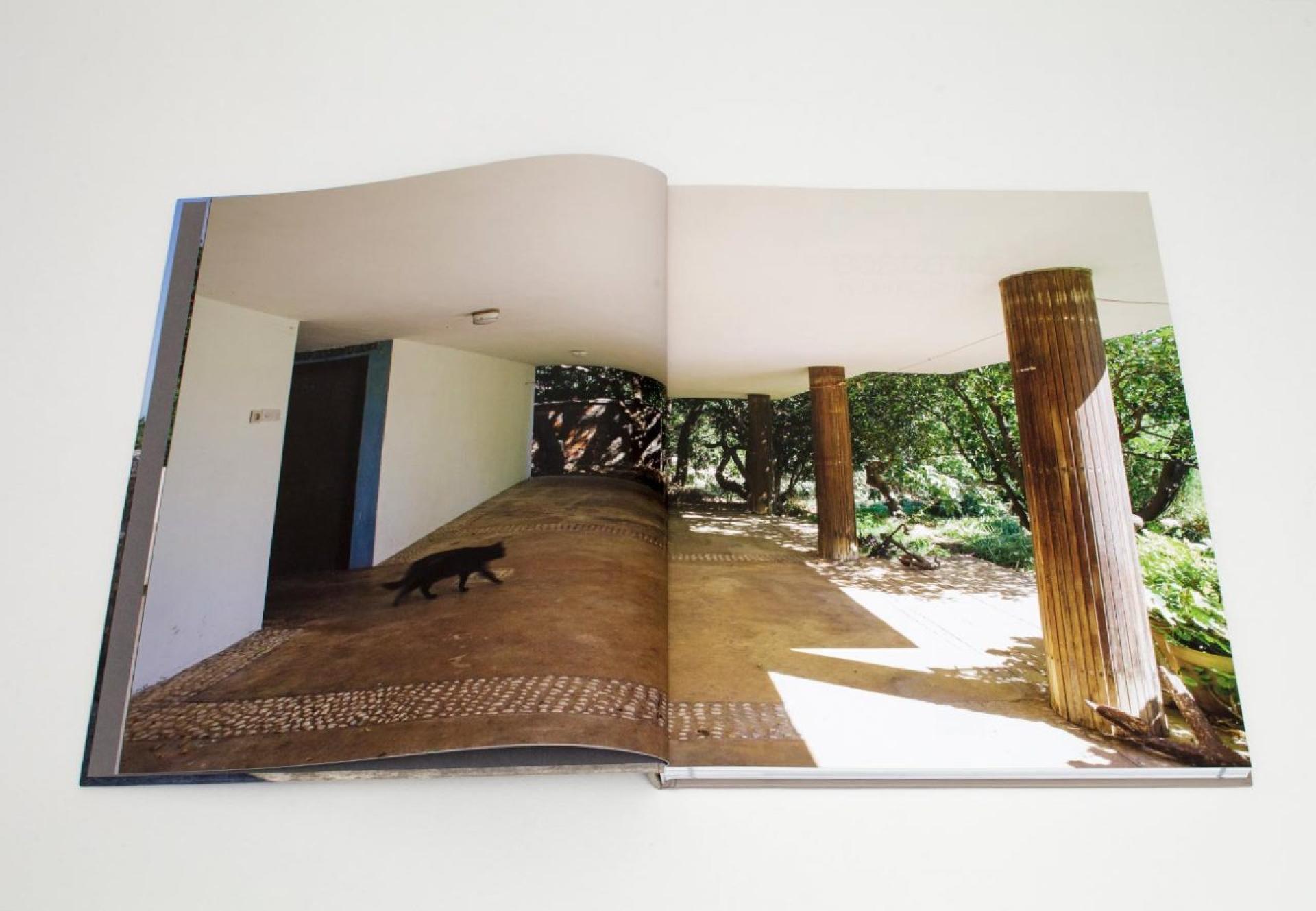
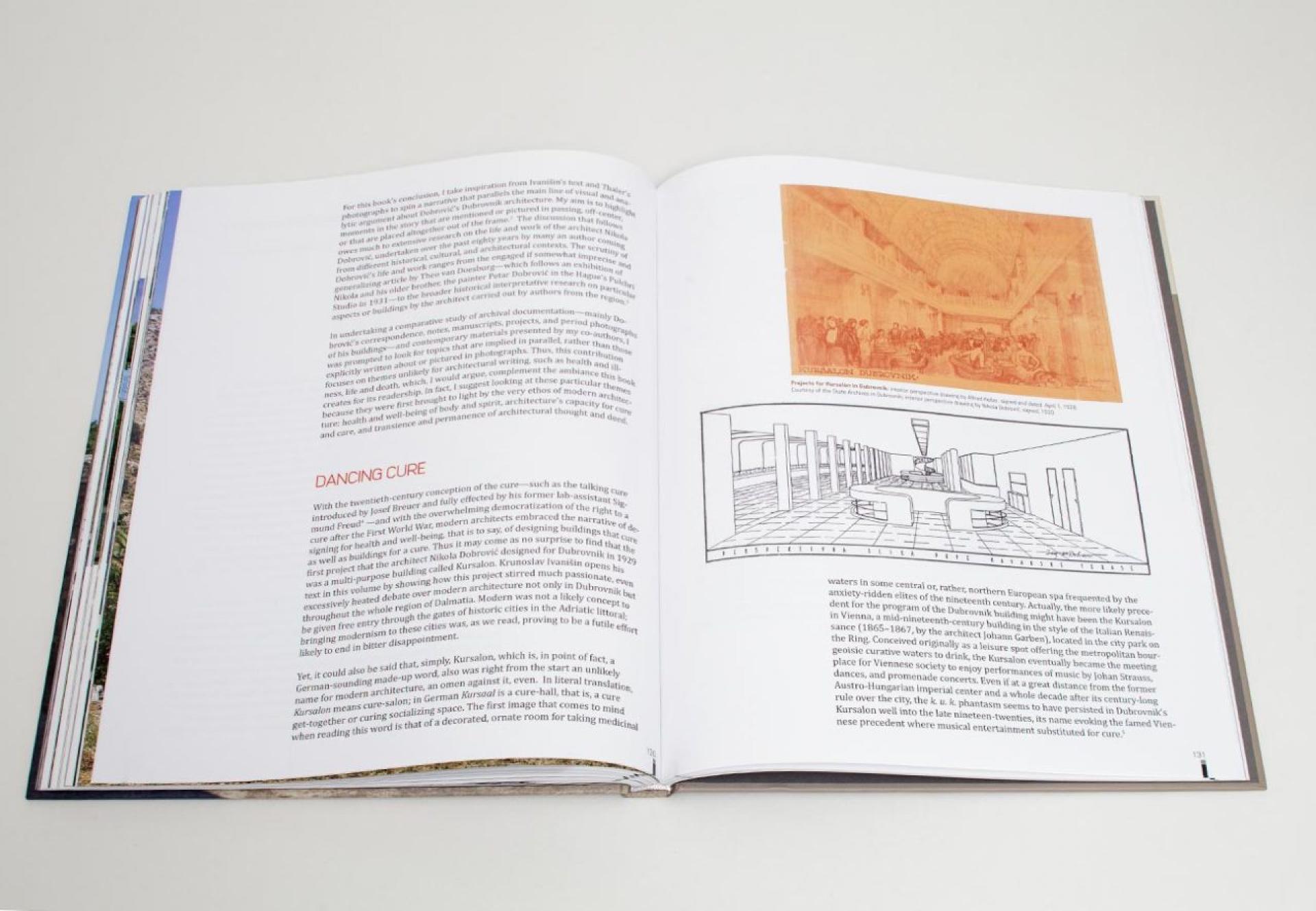
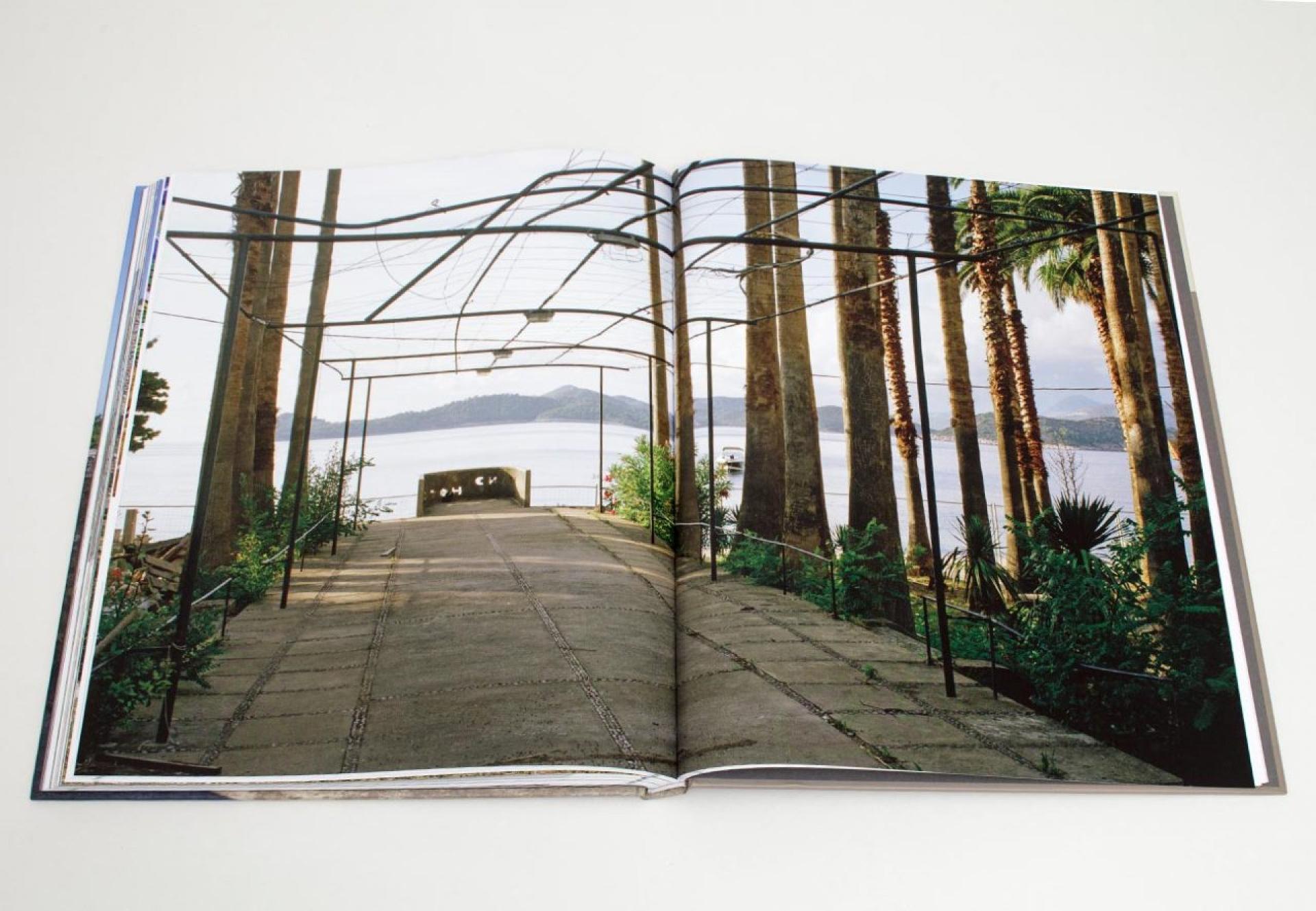
Dobrović in Dubrovnik. A Venture in Modern Architecture by Krunoslav Ivanišin, Wolfgang Thaler, Ljiljana Blagojević. Hardcover, Text in English, 176 pages, 2015. Jovis Verlag